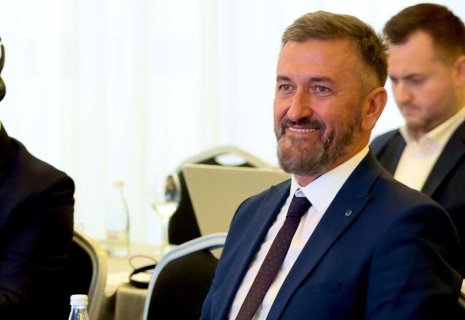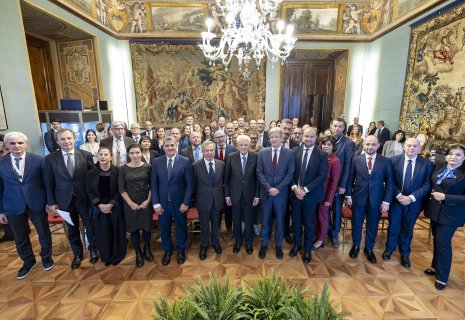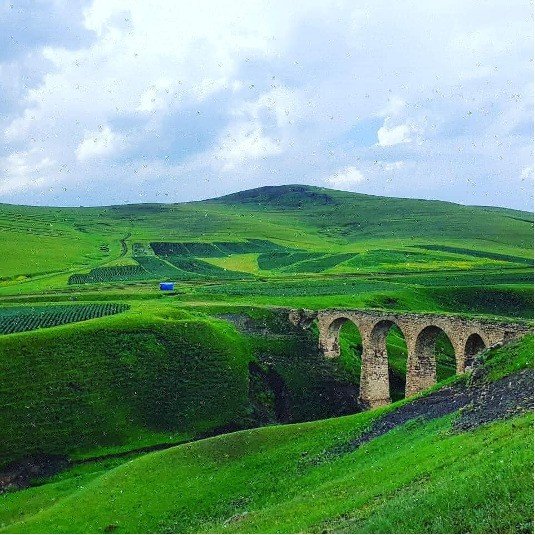
Part played by “German bridge” in Azerbaijan's success story detailed
The industrial growth of Azerbaijan is largely in the lap of European companies, who have rolled up their sleeves and gotten down to brass tacks to make it happen, CE Report informs.
On this account, the growth of the mining industry in the Russian Empire, where Azerbaijan played a part, during the 19th and early 20th centuries is tightly woven with the German Siemens company.
The Siemens brothers left behind two copper smelting plants in the Gadabay district of Azerbaijan, advanced technologies, a telegraph line, a railway, roads, and bridges.
In total, there were seven bridges, some of which still stand today. Narrow-gauge railways passed over these bridges, used to transport ore, copper, and workers. Today, the mentioned railway no longer exists.
The best-preserved of them is the so-called Siemens Bridge, which has a single arch. In addition, there is a three-arched bridge, which the locals call the Old Bridge.
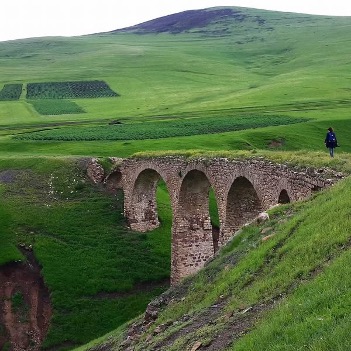
A tall bridge near Duzyurd village has a special place among these structures. This unique structure has six arch openings, and the first narrow-gauge railway in Azerbaijan passed over it. The bridge is an architectural monument rich in original engineering solutions, and it is protected by the state. Currently, the state has removed the rails, the structure has deteriorated, and pedestrians must cross the bridge with caution. According to the locals, the slight softness felt underfoot on the bridge is due to the cushioning effect created by the builders, who filled the layers of earth with straw beneath the gravel. This was necessary for the operation of the railway.
According to architects, the six-arched Siemens Bridge is a robust structure, built with precision and German accuracy. Despite its strength, the bridge appears elegant, which was achieved through the use of special engineering solutions during construction. This bridge is considered a rare example of architecture, surviving despite the impact of time and natural factors. Azerbaijan initiated a project a few years ago to restore a small section of the narrow-gauge railway from Duzyurd to Galakand. The project aimed to develop the tourist sector of the Gadabay district, an integral part of which is the legacy left by the Siemens brothers, including the bridges they built.
The Siemens company was founded in 1847. The Siemens brothers had a knack for discovering new opportunities. They saw such opportunities in the Caucasus. The first of the Siemens brothers to visit Baku was Walter. The company began acquiring small oil fields. According to archival documents, in 1869 the company had three wells, and by 1881 it had 270. They also built an oil refinery. But everything changed when the younger Siemens managed to bring his elder brother, Werner, to the Caucasus. After visiting the Gadabay copper mines, Werner immediately ordered their acquisition and the construction of a copper smelting plant.
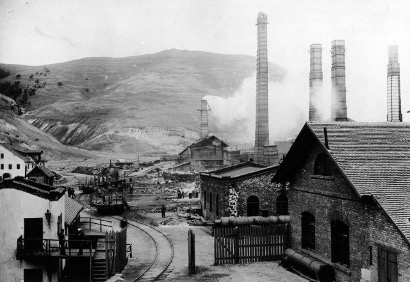
The Gadabay and Galakend copper smelting plants, which opened shortly after, were unrivaled in the Russian Empire, surpassing all operating enterprises in terms of technical equipment, production organization, and the quality of the final product. In 1896, the copper produced by the Siemens brothers was recognized as the best at the All-Russian Industrial and Art Exhibition in Nizhny Novgorod and received a grand gold medal.
In June 1883, the Galakand copper smelting plant commenced operations, boasting unparalleled technical equipment. A year later, a telegraph line was connected to the plant, and a 32-kilometer-long railway was built from Gadabay. In 1879, the Berlin Industrial Exhibition presented the high-altitude narrow-gauge railway project, causing a real sensation. Since the railway, which was to operate with four locomotives and 33 wagons, passed through difficult terrain, the construction of stone bridges and other engineering structures was required.
The Siemens brothers introduced many innovations, or what we would now call "know-how," in their enterprises. For example, a six-kilometer-long cable car, powered by horses, was built to transport small batches of ore. The Gadabay mines have been using electric tools alongside manual ones since 1902, and they also used diamond drilling for exploratory work. Another innovation involved the use of oil in copper smelting, leading to the construction of a pipeline, which was a sensation at the time. Gadabay city, along with the Siemens mines and factories, had electric lighting, while even the streets of the Russian Empire's capital only had gas and kerosene lighting at the time.
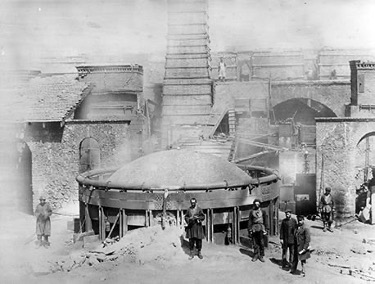
The Siemens approached their work comprehensively. Masters from Laghich, a village in present-day Ismayilli district known for its folk craftsmanship, were invited to Gadabay. Many of the masters who were invited by the Siemens brothers stayed in Gadabay, and examples of the skilled items they created were taken by Werner Siemens to Berlin and donated to museums. Items made by Laghich masters from Gadabay copper still adorn museum exhibits in Germany today.
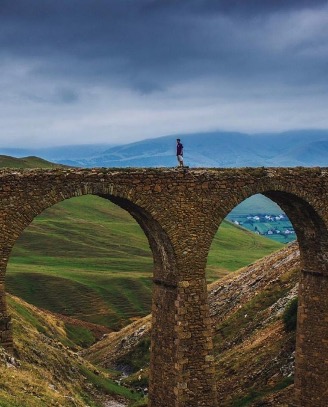
In 1900, Siemens' enterprises accounted for about 35 percent of Russia's total copper production and about 70 percent of the Caucasus' total copper production. Political instability and revolutionary processes in the Russian Empire at the beginning of the 20th century led the Siemens brothers to gradually scale back their operations. However, the Gadabay and Galakand copper smelting plants continued to operate until the start of World War I. After the Sovietization of Azerbaijan, the new authorities tried to resume operations, but to no avail. The People's Commissars were unable to revive the legacy of the Siemens factories. To do that, one needed to be a Siemens.



















